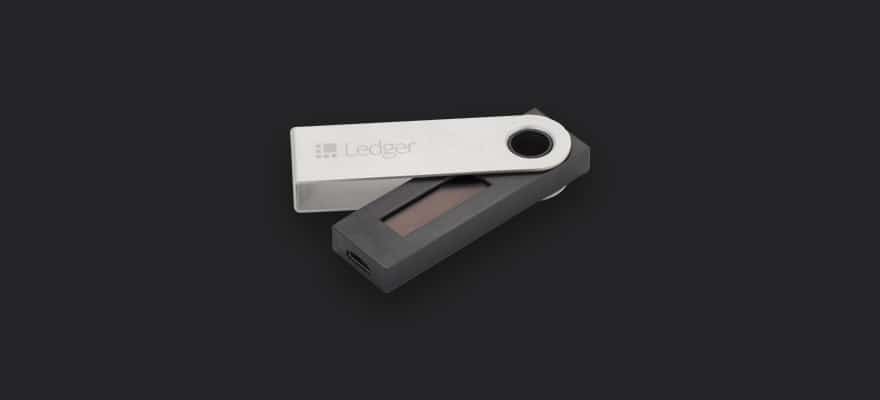A 51% attack means an attack on a blockchain by miners who would take control of more than 50% of the network's mining hash rate, or computing power.
These attackers would then be able to stop new transactions from being confirmed, giving them the ability to stop Payments between some or all of the Blockchain 's users. They would also have the ability to reverse transactions that have been completed while they had control over the network, which would mean they could 'double-spend' coins (steal the coins back mid-transaction and use them again for another transaction.)
A 51% attack would almost certainly not grant its perpetrators the ability to create new coins or make changes to old blocks, so a 51% attack would most likely not bring an end to bitcoin or other blockchain-based currencies on its own even if it can be extremely damaging.
Additionally, hitting 51% network control is does not actually guarantee a successful network takeover. This is simply the point where success is more probable. In reality, one could attempt this kind of attack with far less network control, but the chances of successfully pulling this off would be far slimmer.
The greater the number of past blockchain transactions, the more secure a particular blockchain would be against these types of attacks. In a realistic situation, an attacker would only be able to alter transactions within the previous few blocks. They would also not have the ability to create new coins out of thin air - except those received as block mining rewards as normally.

FM
Examples of 51% Attacks
There have been several examples of 51% attacks over the last few years, here are some of the more notable ones:
- Ghash.io
- The mining pool of Ghash.io exceeded 50% of the Bitcoin computing power for a short period in July 2014, leading the pool to voluntarily look to reduce its share of the network. In a statement they claimed that it would not reach 40% of the total mining power in the future.
- Krypton and Shift
- Krypton and Shift, blockchains which work on Ethereum, were victims of 51% attacks in August 2016.
- Verge
- Verge, a ”privacy coin” known for the zealous nature of its community, fell prey to a 51% attack when a malevolent miner was able to gain a majority control of the network's hash rate, which made it possible to control and alter transactions. About 250,000 verge were seized by the attacker, forcing the project team to prepare a hard fork.
Potential Solutions
The development of a more decentralized network with a greater number of individual miners would be able to provide a strong base for defense against the chance of a 51% attack. The larger mining groups are able to make use of specialist ASIC mining rigs and ASIC-resistant algorithms. Coins that would allow CPU mining are also realistic defense mechanisms against 51% attacks.
The Proof of Stake consensus mechanism is also less susceptible to this kind of attack. This is because purchasing of more than 50% of all the coins available on a network is normally far more expensive than trying to take control of 51% of the hashing power.
Furthermore, any individual with a large stake in any network would be risking their own holdings by launching an attack on the network to make it malfunction critically.
How Realistic Is It?
It is an interesting concept because, in theory, this attack is possible; the blockchain network is free and open, so if an individual were to have enough computational power (which would be very costly on its own), there would be no bitcoin authority to stop the individual from gaining control. In the unlikely scenario that such an attack occurs with success, it is probable that confidence in the currency would become non-existent and its value as a legitimate currency would rapidly plummet.
A 51% attack is certainly possible – especially given the rise of mining pools (groups of individuals who mine together as a single unit). However, the actual damage that can be caused is minor – though enough that it would create a panic that would seriously impact bitcoin’s potential function as a currency. At the current network mining difficulty levels, not even major governments could mount a 51% attack without serious difficulty.





















